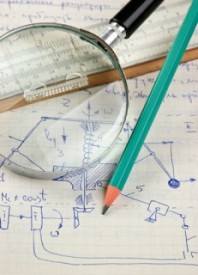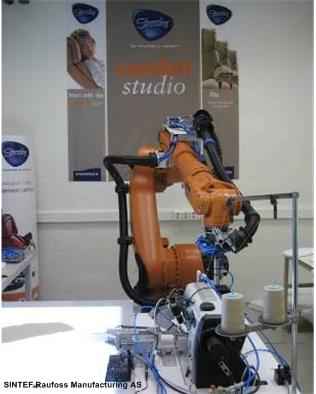Fields of competence

ROBOTNOR represents a unique synergy of academic and industrial expertise which allows us to counsel and comprehend a wide variety of tasks and projects. Our fields of competence are numerous and diverse.

The Norwegian and European sewing industry has to a large extent been outsourced to low cost countries, and today few European companies still have sewing processes in their local value chain. The most important driver for outsourcing this production is the labor intensive nature of sewing, combined with the lack of flexible automation systems that can cope with the complexity of sewing. A typical reason for keeping labor intensive sewing in high cost countries is the need for short lead times and responsiveness to customer orders, but the sewing industry is under a constant pressure to cut costs and outsource their production. At the same time, there are some new trends in the sewing industry that motivate the automation of sewing, like custom fit clothing using body scanning and automated production (see for instance the webpages of the Leapfrog project).
In collaboration with Ekornes ASA, Helly Hansen PRO AS (now Hansen Protection AS), Amatec AS, NTNU and The Research Council of Norway, SINTEF Raufoss Manufacturing AS has established a laboratory for sewing automation research. A series of projects have aimed for decoding the complex control task of robotic sewing, and developing industrial demonstrators for robotic sewing of recliner covers and offshore survival suits for the two Norwegian industrial partners (see pictures below). Some of the technologies have already found their way into the factories of the industrial partners, and the research is continuing to solve even more complex sewing operations and related control tasks in other industries.